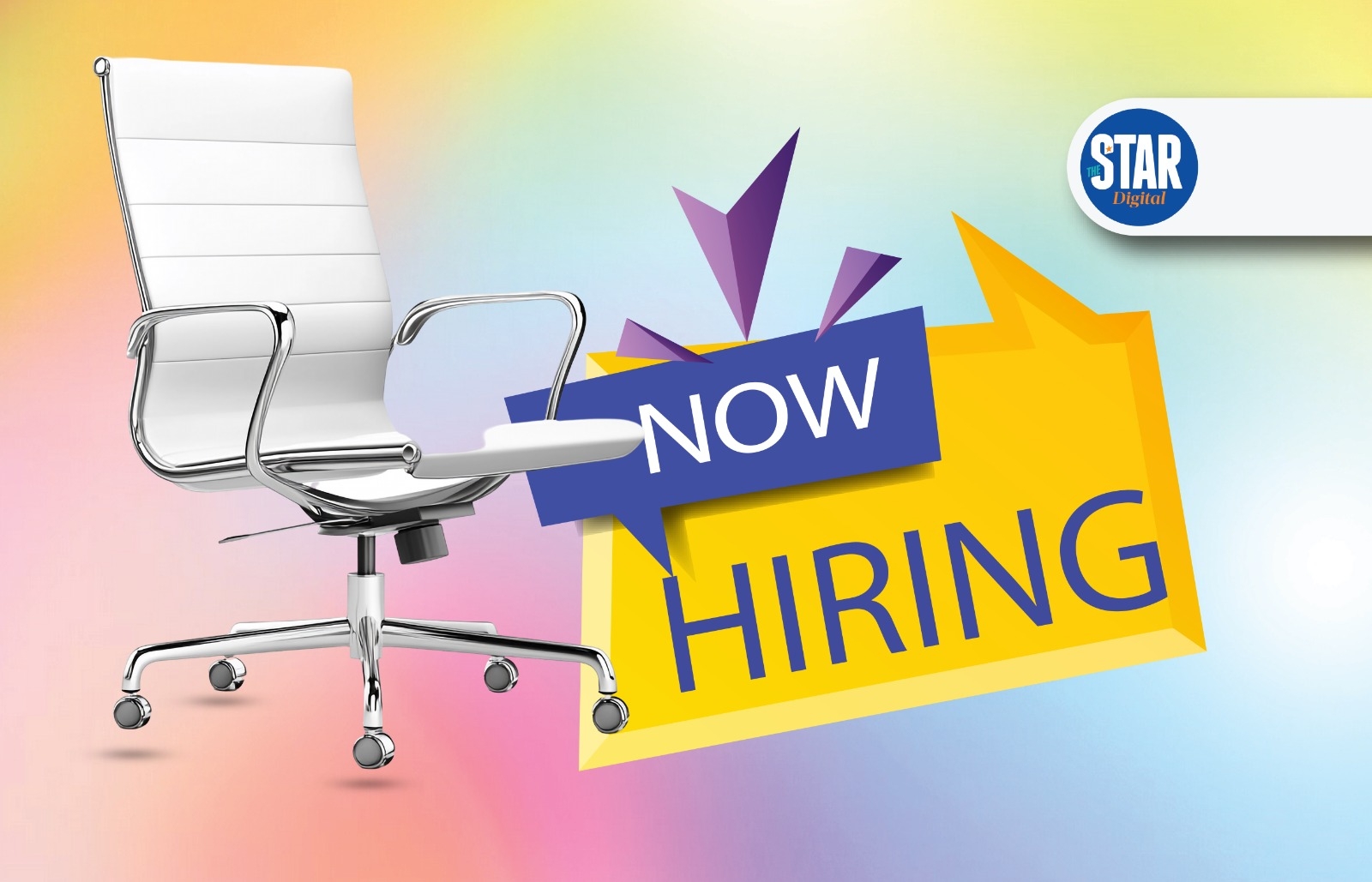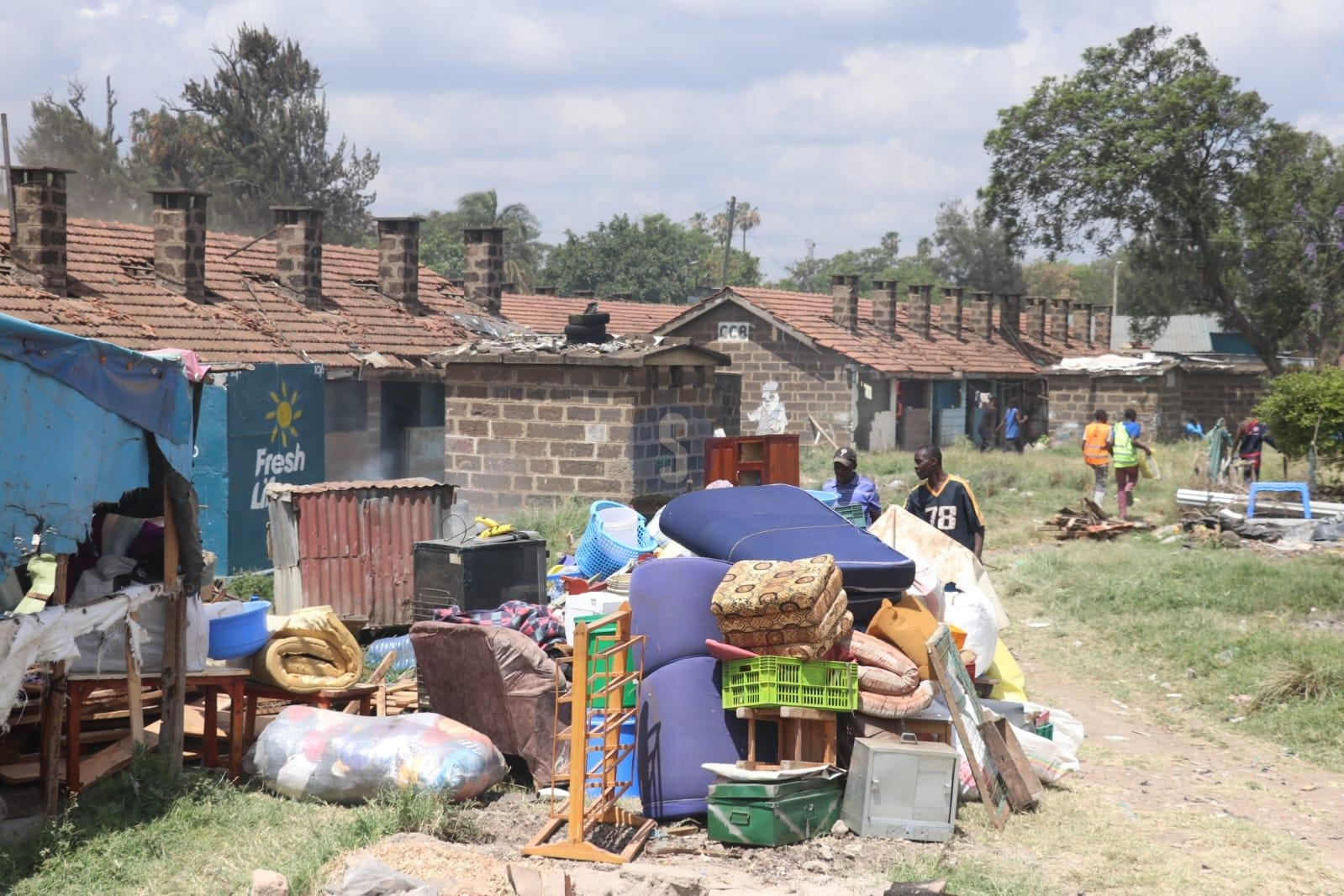Cargo clearance at the Mombasa port is set for a major shift as Kenya implements full use of the Integrated Customs Management System (iCMS).
Kenya Revenue Authority's Customs and Border Control Department, is in the final stages of the full adoption of the Sea Cargo Release Module by the Kenya Trade Network Agency (KenTrade).
It has set November 30 as the roll-out date of the module that will help seal revenue leaks and speed-up cargo clearance at the port.
The automated system enables importers and exporters process documents with no human intervention at the document processing centre, unlike the old Simba system.
The piloting for land and sea cargo commenced on July 7, 2019.
In August last year, the fist consignment of 43,400.835 metric tonnes of clinker was cleared under the system, where the taxman collected Sh65 million as duty before the arrival of the cargo.
KenTrade yesterday said the sea module is ready for full roll-out and was just waiting for full integration with the iCMS.
“We guys (KenTrade) are ready and just waiting for iCMS to be fully rolled out. The pilot phase we have done with KRA has been successful,” CEO Amos Wangora told the Star.
It is a replica of the clearance module for air cargo which went live on May 10, 2019.
KRA projects a 60 per cent reduction in cargo clearance time once the Sea Cargo Release Module comes into full effect, in two weeks time, which will translate to decongestion at the ports.
It will also ensure faster delivery of goods to end destinations as the system also enables tracking of cargo in real time from the port to the final destination.
Consequently, cases of cargo diversion, which causes massive losses to cargo owners, will be dealt with, with KRA assured of its requisite taxes.
The taxman is implementing the iCSM system as it moves away from the old Simba System which has been operational since 2005.
KRA is counting on data-driven compliance, resolution of tax disputes and the Integrated Customs Management System for cargo clearance to drive up revenues.
“We have integrated our ICMS with other state agencies which has improved compliance and helped curb issues such as mis-declaration. Improved efficiency means more revenues,” acting Commissioner for Customs and Border Control Pamela Ahago said.
It is also banking on the Regional Electronic Cargo Tracking System to seal revenue leaks , and the Digital Service Tax (DST) payable at a rate of 1.5 per cent of the gross transaction value coming up up in January to grow revenues.
National Treasury has projected Sh1.63 trillion as ordinary revenues for the financial year 2020/21, to help support government spending in the Sh2.79 trillion planned budget for the year ending June 30, 2021.

















